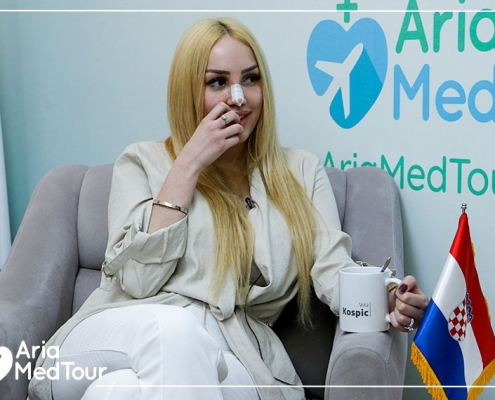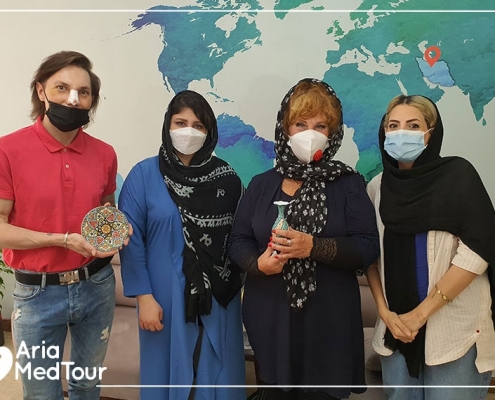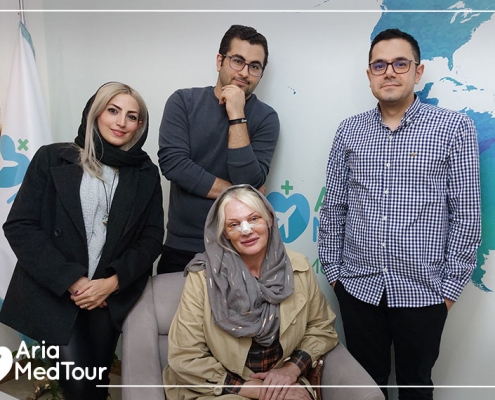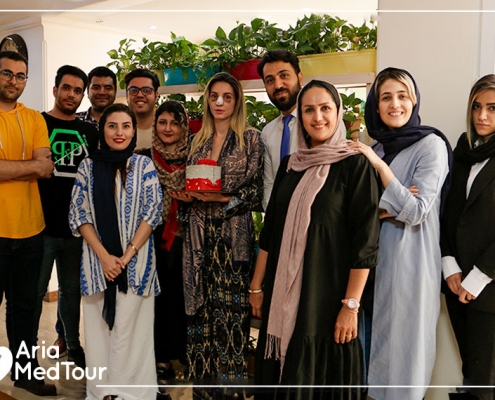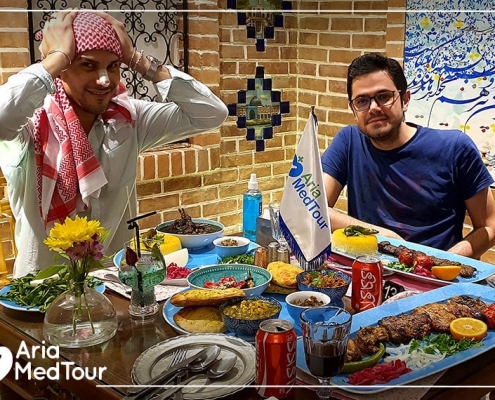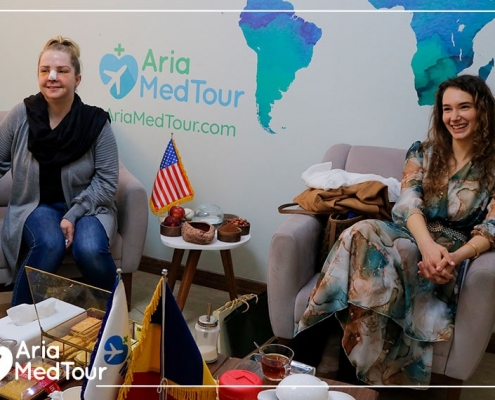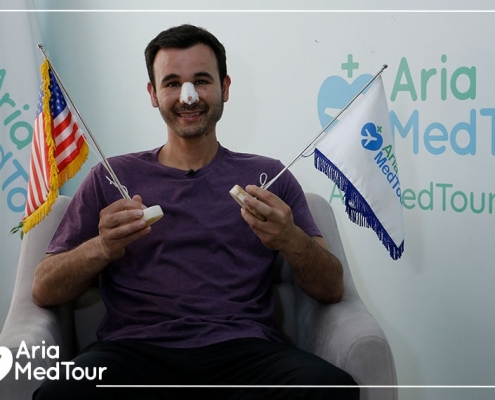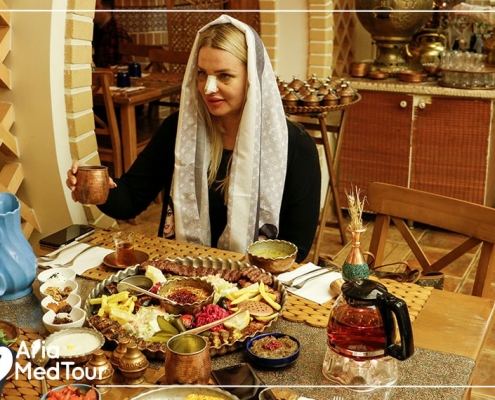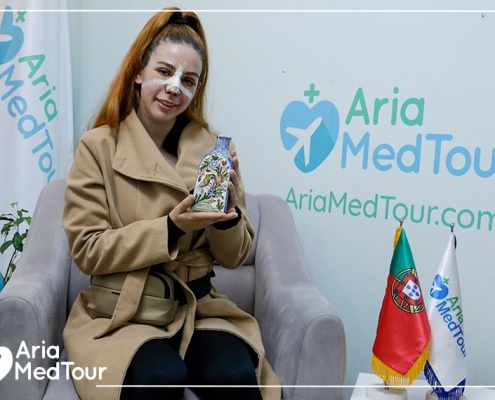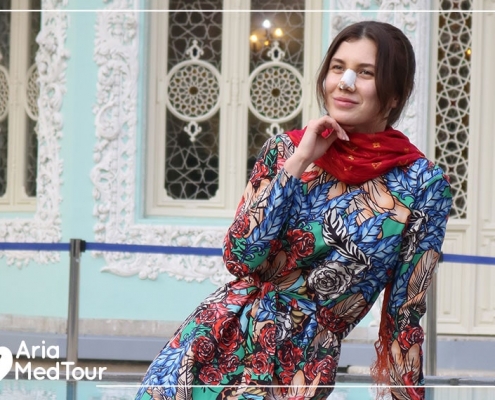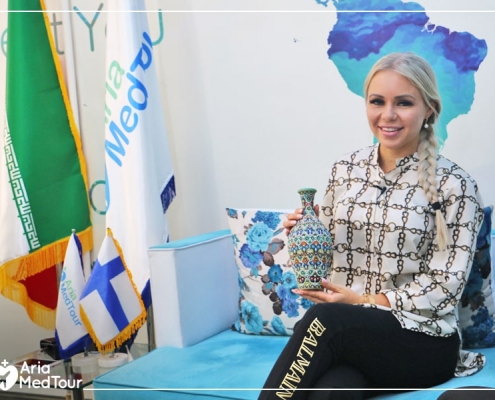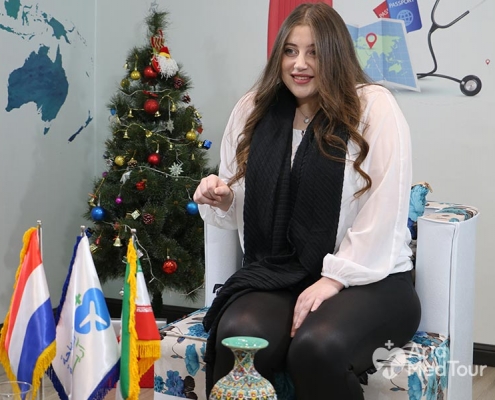Reconstructive burn surgery techniques and options
Plastic and reconstructive surgeons employ a wide range of surgical techniques to restore the burned tissues, at least partially. The surgeon recommends the best option for each case depending on the type of injury and other factors. Commonly used burn reconstruction surgery options include skin grafts, skin flaps, tissue expansion, microsurgery, and artificial skins.
Skin graft
The most common technique for burn repair surgery is skin grafting. Skin grafting is a reconstructive technique used to treat skin loss caused by any type of injury or disease, including burns. It involves removing healthy skin from other parts of the body and transplanting it to the damaged area.
There are two types of skin graft: split-thickness, and full-thickness grafts. In split-thickness skin grafting, only a few layers of the outer skin are removed and transplanted while in full-thickness skin graft all the layers of the skin (dermis) are used for transplantation.
How is skin grafting done?
The surgeon uses an instrument called ‘dermatome’ for harvesting skin from the donor site, which is usually a part of the body that is often invisible, such as the inner thighs. After removing the skin, the donor site is dressed to prevent infection. The skin is then put on the recipient area and is fixed with stitches and dressing to heal.
Split-thickness skin graft recovery is fast and normally takes less than 3 weeks but full-thickness skin graft patients need a few more weeks to fully recover from the surgery.
Flap surgery
Skin flap surgery is removing healthy skin and tissue with its blood supply to cover an area in the body that has lost its skin and underlying tissues because of injury or burn. A skin flap may involve removing skin and fat or skin, fat, and muscle. It is different from skin graft in that in skin graft the donor skin is completely detached from the donor site and relies on the recipient area for its blood supply.
Flap surgery is usually done to treat severe burns and reconstruct deeper tissues that can’t be restored with a skin graft. It is typically a secondary burn surgery that is done after the primary burn management and resuscitation when the patient has been left with severe scarring that requires dramatic reconstruction to improve their quality of life.
Skin flaps are of two main types: local skin flap and frees skin flap. In local flaps, skin is taken from an adjacent site and transferred to the recipient area without disconnecting it from the vessels that supply blood to it. In free flaps, on the other hand, the tissue is completely removed and disconnected from the original blood vessels and, transferred to the recipient area and reconnected to new blood supplying vessles. The most common type of flap surgery is Z-plasty, which is a common scar revision surgery.
Another classification of flap surgery is based on the type of tissue that is transferred. According to this classification, flaps can be fasciocutaneous (involving fascia and skin) and myocutaneous (muscle and skin). Muscle flaps like latissimus dorsi flap is a type of burn repair surgery that restores the function of muscles that have been damaged by burn injuries.
Tissue expansion
One of the most effective reconstructive burn surgery techniques is tissue expansion. Tissue expansion makes the body grow extra skin that later is used for reconstructive surgery, including burn surgery.
In this procedure, a silicone instrument called ‘balloon expander’ is inserted under the skin in the vicinity of the area that needs reconstruction. The balloon will be gradually filled with salt water (saline solution) to slowly enlarge and cause the skin to stretch and expand, just like a pregnant woman’s stomach skin stretching during pregnancy.
Once the balloon has reached the desired size, it is removed and the grown skin is used for covering the injured or burned area. While tissue expansion is common for breast reconstruction and scalp repair, it can also be used as a constructive burn surgery.
One of the main advantages of tissue expansion is that the color and texture of the skin remain the same, providing a natural result. Also, because there is no skin removal, scarring will be little.
The main downside of skin expansion is that it takes a long time for the skin to expand (maybe four months). This time varies depending on how large the recipient area is.
There are some other techniques for burn management. These include:
- Artificial skin: Using new tissue engineering, scientists can manufacture products that look and act like deep layers of skin. Using this artificial skin your surgeon can cover some parts of the wound.
- Steroid injections: These injections can reduce the size and itch of lumpy scars caused by burns.
- Silicon gel: Like steroid injections, silicone gel is used to shrink lumpy scars caused by burn injuries
- Pressure garments: These special burn management garments are used to control scarring after a burn, helping the scar to mature and enhancing the appearance of the damaged skin.
- Xenograft or allograft: These are biological dressings or skin taken either from an animal (xenograft or heterograft) or another human (allograft) to temporarily cover a burn.
Reconstructive burn surgery cost
Reconstructive and burn procedures are normally highly expensive because of the complexity of the operation. The cost of a burn surgery depends on the type of surgery, the extent of the operation, hospital services, doctor’s fees, and many other factors.
We at AriaMedTour can help you find the right surgeon for constructive burn surgery in Iran. To find out about burn surgery prices In Iran and get more information about doctors, clinics, etc., feel free to contact us now.


